Regeneration is the ability of a cell to recover from destruction.
For the regeneration of cells, organs or functional parts of some living things.
Some organizations regenerate easily, such as the salamander, anemone, starfish, hydra, triton, lizard,...).
In warm-blooded animals, the skin has the ability to regenerate.
"Animals like salamanders regenerate their bodies after an amputation, said Carlos Izpisúa, director of research. But in contrast, higher vertebrates such as birds and mammals do not have that ability."
The researchers wonder if humans do not have this protein in their latent genes could be reactivated to regenerate an organ.
It could also have been lost during evolution. | | Dr. Ellen Heber-Katz, professor of immunology at the Wistar Institute, USA and colleagues created mice that can regenerate amputated limbs or damaged vital organs.
According to Dr. Ellen Heber-Katz, the ability of lab mice to regenerate organs is controlled by about a dozen genes. Image: "Animals like salamanders regenerate their bodies after an amputation," said Carlos Izpisúa, director of research. "But in contrast, higher vertebrates such as birds and mammals do not have that ability." | | 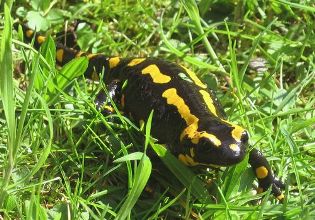 |
The zebrafish Danio rerio and is popular with researchers, the subject of study has the amazing ability to regenerate indefinitely fins, eyes or his heart after injury.
Fish wake mechanisms apparently asleep from the embryonic stage. A heart of zebrafish slashed 20% will regain its full capacity in two months.
"Until now it was like magic that amputation was reflected in the activation of genes, said Scott Stewart of the Salk Institute for Biological Studies. We finally have a track to follow this process. ".
In zebrafish, the regeneration of a lost limb causes the reactivation of inactive genes for embryonic development.
This is the demethylation of histones that awakens the cells at the amputation and activates genes responsible for training the new member.
As regeneration takes over the mechanisms of embryonic development, the researchers began by looking for similarities between these two processes. | | During embryonic development, specific genes are turned on and off to trigger the necessary conditions for the creation of a whole organism.
Their tasks, these genes become again quiet.
The fins of a sectioned adult zebrafish completely reject.
Marie-Andrée Akimenko, Researcher at the Research Institute Ottawa Hospital and professor in the Department of Cellular and Molecular Medicine said: "The end of a severed finger of a human baby can push but not that of an adult.
If we have the same tools as the fish, why our members do not they grow back? " Akimenko in collaboration with Benoît Robert, of the Pasteur Institute in Paris, aims to compare two models, the mouse and zebrafish Paris in Ottawa in the formation and remodeling of cell layers of blood vessels.
"The fins are heavily vascularized, she says, there may be a genetic link between the vascular remodeling and regeneration of fins." | | 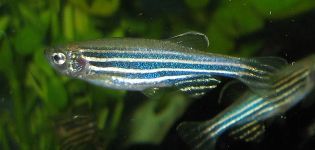 Image: The zebrafish is 2 to 5 cm and is from India and the Malay Peninsula. The natural habitat of this fish are rice paddies, stagnant water and small streams. The male is slender, the female much more rounded. The zebrafish, Danio rerio, has the ability to regenerate.
Five longitudinal strips steel blue adorn the body along its entire length. © Wikimedia Commons |
The ability of the heart tissue to regenerate itself after injury was observed on mice.
The experiments were conducted on a type of laboratory mice, the MRL mouse, by researchers at The Wistar Institute and are the subject of an article in the online edition of 7 August 2001 in the journal Proceedings of the National Academy of Sciences.
The regeneration of heart tissue was performed without external intervention, whether drug use or transfer of cells or tissues.
The cells in the area of the lesion were replaced by new cells that were indistinguishable from healthy cells surrounding said Ellen Heber-Katz, an author of the study. The return to normal heart tissue took two months. These observations have prompted the surprise of researchers who have never seen an equivalent in mammals. | | The only species known to have similar abilities of regeneration are non-mammalian species such as amphibians and reptiles.
The researchers are now turning the identification of specific molecular and genetic differences between the MRL strain of mice and other mouse strains. | | 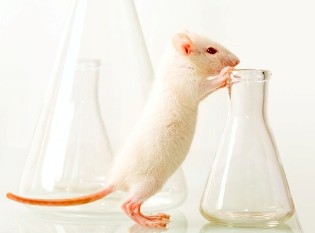 |
 Automatic translation
Automatic translation





 Artificial intelligence: the explosion of gigantism
Artificial intelligence: the explosion of gigantism
 When AI models train on their own data, they go mad!
When AI models train on their own data, they go mad!
 Emergence of artificial intelligence: Illusion of intelligence or intelligence?
Emergence of artificial intelligence: Illusion of intelligence or intelligence?
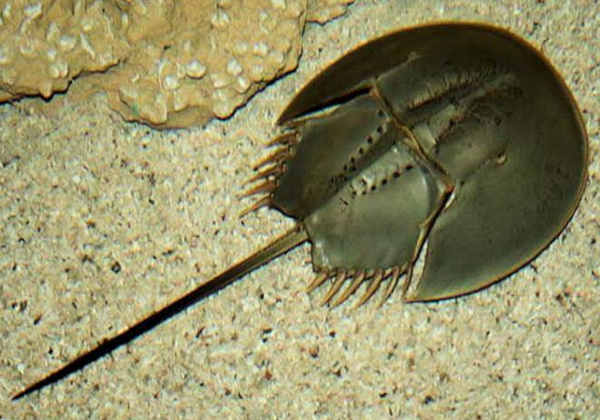 The horseshoe crab, a living fossil!
The horseshoe crab, a living fossil!
 Biosignatures or presence of life in the Universe
Biosignatures or presence of life in the Universe
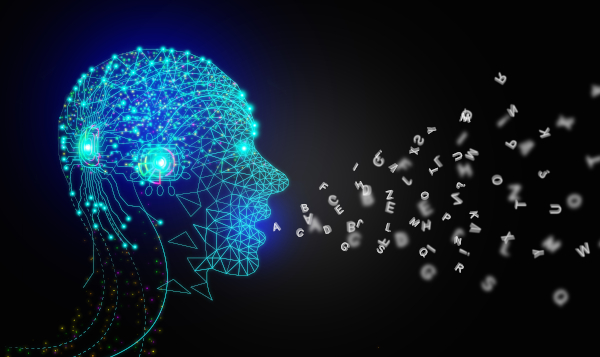 Challenge and threat of Artificial Intelligence
Challenge and threat of Artificial Intelligence
 How do machines understand, interpret and generate language in a similar way to humans?
How do machines understand, interpret and generate language in a similar way to humans?
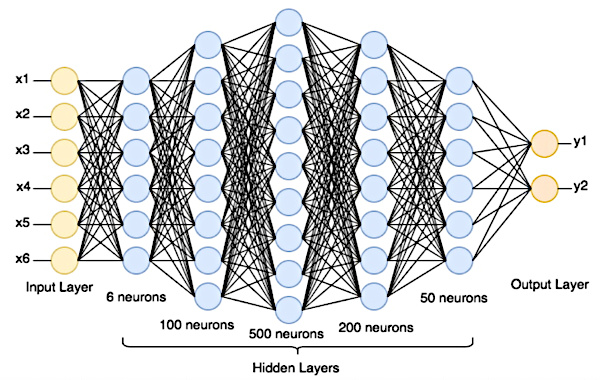 How does an artificial neural network work?
How does an artificial neural network work?
 Origin of life on Earth: Panspermia theory
Origin of life on Earth: Panspermia theory
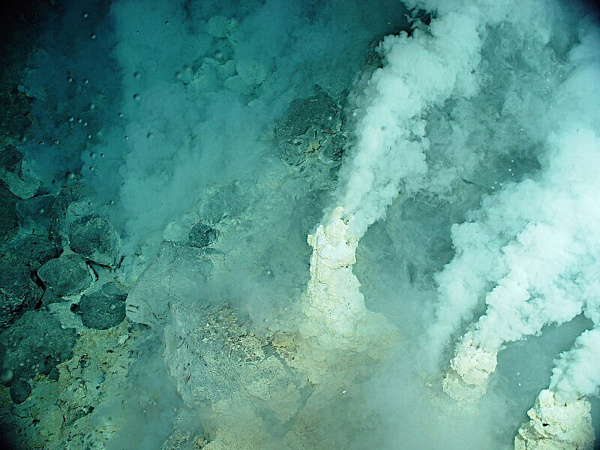 Origin of life on Earth: White smoker theory
Origin of life on Earth: White smoker theory
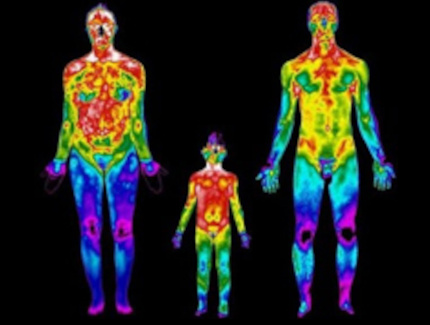 Why 37 degrees Celsius?
Why 37 degrees Celsius?
 Thermodynamics of the sandpile
Thermodynamics of the sandpile
 Are we alone in the universe?
Are we alone in the universe?
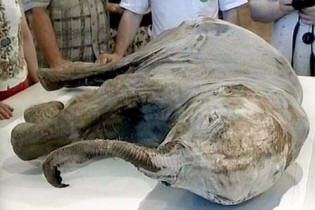 Trace of frozen life in Siberia
Trace of frozen life in Siberia
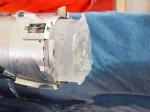 Ice cores tell us about our past
Ice cores tell us about our past
 Life evolves in the shelter of glaciations
Life evolves in the shelter of glaciations
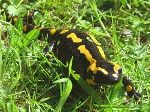 Organ regeneration, the salamander
Organ regeneration, the salamander
 Cosmic rays and the mutation of species
Cosmic rays and the mutation of species
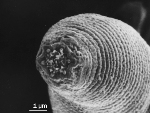 Mephisto, the little worm of the depths
Mephisto, the little worm of the depths
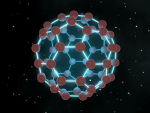 Discovery of solid buckyballs in space
Discovery of solid buckyballs in space
 Bipedalism in hominids
Bipedalism in hominids
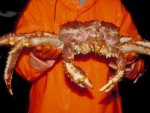 Kamchatka giant crab
Kamchatka giant crab
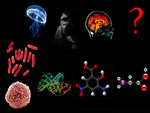 The passage between the inert and the living
The passage between the inert and the living
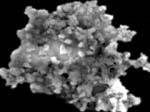 From particles to biochemical life
From particles to biochemical life
 Egocentric vision, the man at the center
Egocentric vision, the man at the center
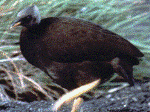 Megapod uses volcanic heat
Megapod uses volcanic heat
 Ardi is 4.4 million years old
Ardi is 4.4 million years old
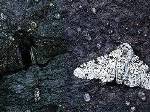 Natural selection, the birch moth
Natural selection, the birch moth
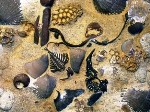 The explosion of life in the Ordovician
The explosion of life in the Ordovician
 Liquid water, an accelerator of chemical reactions
Liquid water, an accelerator of chemical reactions
 Neandertal
Neandertal
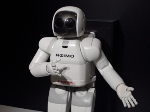 Asimo the future humanoid
Asimo the future humanoid
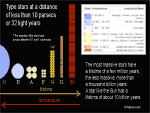 Conditions for the appearance of life
Conditions for the appearance of life
 Fermi's paradox or Plato's cave
Fermi's paradox or Plato's cave
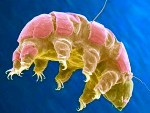 The Tardigrade, the immortal animal
The Tardigrade, the immortal animal
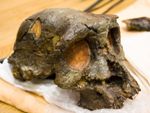 Toumaï, 7 million years old
Toumaï, 7 million years old
 Border between inanimate and living
Border between inanimate and living
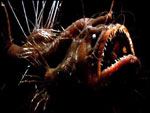 The incredible life of the abyss
The incredible life of the abyss
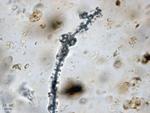 Cyanobacteria create toxic gas
Cyanobacteria create toxic gas
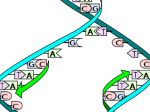 The short history of the evolution of life
The short history of the evolution of life
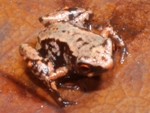 The smallest frog in the world
The smallest frog in the world
 The explanation of the Little Ice Age
The explanation of the Little Ice Age
 Ashen light, the proofs of life
Ashen light, the proofs of life
 Bioluminescence of living organisms
Bioluminescence of living organisms
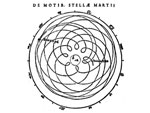 Beyond our senses, the great scientific revolutions
Beyond our senses, the great scientific revolutions
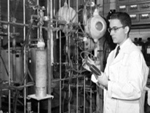 The primitive soup
The primitive soup